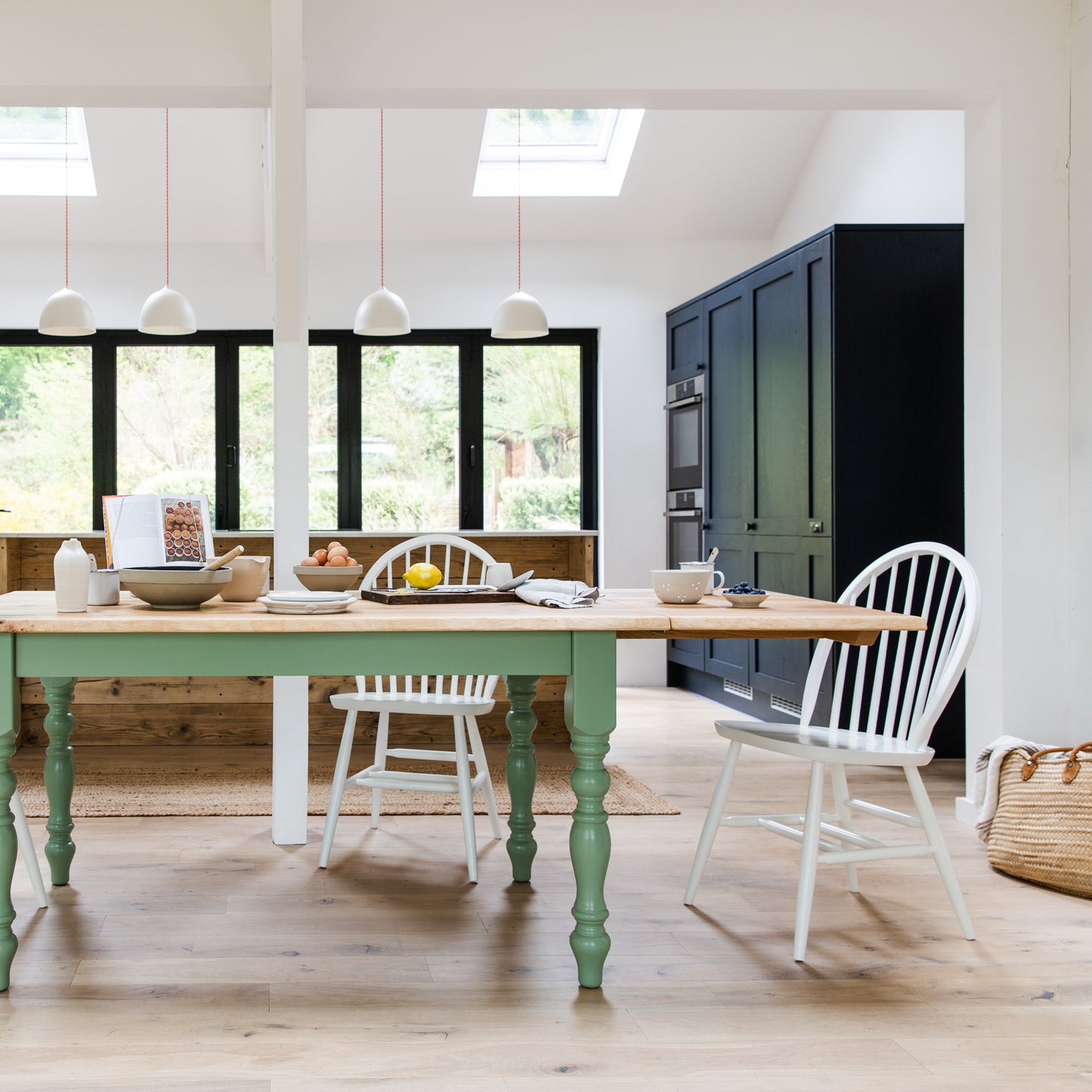
It’s tempting to put the garden on the back burner but the garden still needs attention if you are to carry on the summer show for as long as possible as well as relaxing on the lawn! Here are a few tips from professional garden designer, Sally Watts.
Shrubs
Hebes and lavenders need to be lightly pruned after flowering.
Continue to keep Camellias and Rhododendrons well watered in dry periods to ensure good flower bud initiation.
Hedging
Yew hedging is best trimmed once a year in August/ September. If renovating a yew hedge its best to cut the top down in mid spring.
Other hedges are best to have a final trim now and will grow a little before the cold weather stops growth. Conifer hedges trimmed after August can encourage bare patches.
Climbers
Finish pruning wisteria if not done so already.
Roses
Continue to dead-head shrub roses to extend flowering into early autumn.
Spindly specimens that have lost their leaves can be cut back quite hard when dead- heading to encourage new growth.
Rambling roses can be pruned now, once they have finished flowering.
They flower on last year's wood so there are two stages to dealing with them. First you need to cut out much older wood to the ground to encourage new growth and cut side-shoots that have flowered back to 2-3 buds from the main stem. Second, any new wood should be tied in ready to flower the following year.
Wild roses should be left as they are in the hopes that their spent flowers will produce beautiful hips in the autumn.
Black spot on roses is very common at this time of year, and spraying will no longer be effective. Clear fallen leaves and burn them to prevent spread.
Herbaceous Perennials
Continue to cut back tired leaves and spent blooms from hardy geraniums and other perennials that are looking tatty. Water and feed to encourage a second flush of growth.
Stake top-heavy lilies and dahlias to protect them from strong wind or rain.
Lawns
In hot weather raise the blades on your mower so you leave the grass longer. It needs less water that way and you may find that you don't have to mow quite so frequently too. Towards the end of the month use a high phosphate fertiliser to benefit the roots of the grass to survive the rigours of the winter ahead.
Ponds
Thin oxygenating plants from ponds and rake out blanket weed and debris. Leave any material you remove at the side of the pond for a while to allow creatures to get back into the water.
Miscellaneous
Install water butts to collect rain water or use grey, recycled or stored rain water wherever possible.
Thoroughly soak drought stressed plants and shrubs, especially newly planted ones.
Keep pots, tubs and hanging baskets looking great by watering daily and feeding every 10-14 days.
Bulbs
Unbelievably it is time to start thinking about daffodils for next year! Ideally daffodils and narcissi should be planted by the end of October.
Its not too late to plant bulbs such as autumn crocus colchicums and nerine lilies for late summer/ autumn interest.
Whatever the weather, allow time to sit back and enjoy being outside in the fresh air!
Sally Watts is a Professional Garden Designer who has been featured in national magazines for her fabulous work on plots throughout the country. For more tips and inspiration go to her website: sallywattsgardendesign.co.uk

